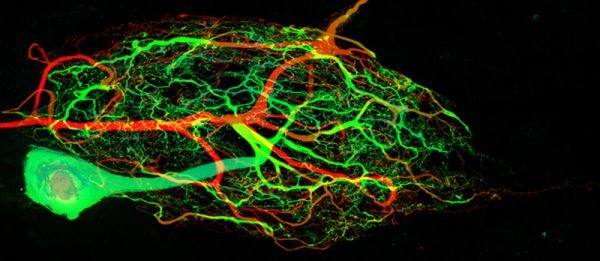Parts of any machinery can be replaced, modified or tampered with only when the machine is in an off mode. It is nearly impossible to fiddle around with any operational part while it’s functioning. However, the same principle does not apply for our biological process, especially when we are talking about a nerve cell.
This continuous rebuilding without affecting the overall operations has always been neuroscience’s biggest questions. Many theories have been put forward but none of them has ever reached any concrete census. Lately, Eve Marder, the Victor and Gwendolyn Beinfield Professor of Neuroscience at the Marder’s lab have postulated a new theoretical model that tries to converge the probabilities in the understanding of how the cells are able to regulate their internal properties without going in for any (biological) systemic shutdown.
Neural, the Complex Machinery System
Nerve cells or neurons do not undergo replicative aging but their building blocks including proteins and molecules are always undergoing replacement for efficient functioning. Interestingly, this incessant replacement occurs without hampering the activities like thinking, remembering, learning or other conditioning processes.
Neurons have molecular level gates or the ion channels that are used for processing sensory information like receiving, conducting and transmitting signals. Single neuron may display diverse groupings of types of ion channels. Among these, there are molecular level microphones called the receptors, which helps in inter cellular level communication.
These receptors and ion channels are continuously replacing each other with respect to their functions at a particular rate. And this rate regulates the effective and non- stop functioning of the entire nervous system.
Internal Monitoring System
Initially researchers suggested that each neuron might correspond to a particular set of numbers of ion channels and receptors. However, this idea of setting a specific number doesn’t hold strong enough especially when they have observed a major amount of continuous turnover within the cellular components throughout its life. Therefore, they postulated that these neurons might be having some form of internal system that would assist in keeping track of electrical activity and accordingly adjusting ion channel expression. This second explanation was relatively acceptable since a single neuron is a part of the large circuit hence it is obvious to have an ingrained system (within each neuron) that requires to maintain the homeostasis across the network of nerve cells.
Therefore, the concept of internal monitoring system is the basis of ion channel regulation as of now. Researchers claimed that diving into the miniscule detail might derail the process hence, cells do not go into the in-depth activity of the overall operation. Experts further noted that cells having similar properties might possess different ion channel expression rates.
In addition, the proposed model observed that the internal monitoring system could also lead to neuronal hyperexcitability, which is also responsible of seizures.
Researchers envision that in order to cure malady related to nervous system, understanding of internal properties of biological systems is very imperative, especially when noted in a normal healthy state.
Source: Brandeis University




